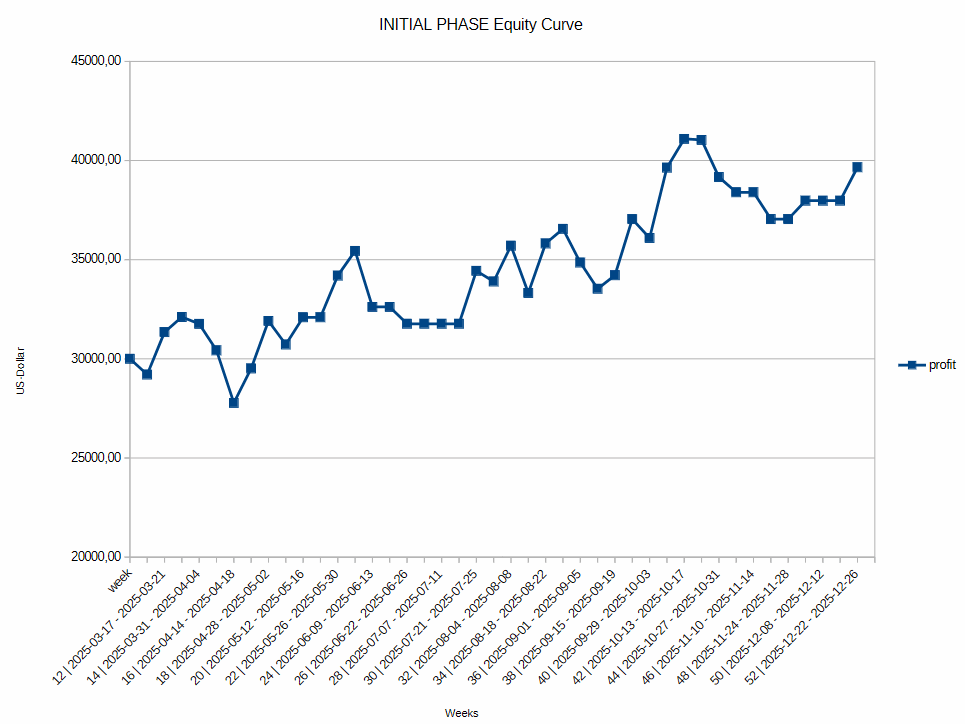When choosing between CQG and Rithmic for automated futures trading, particularly for strategies based on cumulative delta, the decision comes down to the following key considerations:
1. Data Quality and Granularity
-
Rithmic:
- Highly regarded for its low-latency and tick-by-tick data.
- Provides very accurate and detailed order book data, which is ideal for strategies that analyze cumulative delta.
- Rithmic's infrastructure is known for high reliability and precise time stamps, which are critical for ensuring the accuracy of order flow calculations.
-
CQG:
- CQG also provides high-quality market data but may not always match Rithmic's granularity for tick-by-tick feeds.
- CQG's data compression techniques might slightly affect cumulative delta calculations, particularly for very short-term or high-frequency strategies.
Winner for Data Quality: Rithmic
2. Latency and Connectivity
-
Rithmic:
- Well-known for low latency and direct connections to many exchanges.
- Often preferred by high-frequency traders or those who need near-instantaneous market updates.
-
CQG:
- Provides stable and fast data but isn't typically as low-latency as Rithmic.
- Might be sufficient for most strategies, but for latency-sensitive applications, Rithmic has the edge.
Winner for Latency: Rithmic
3. Platform Compatibility
-
Rithmic:
- Supported by a wide range of platforms commonly used for automated trading (NinjaTrader, Sierra Chart, etc.).
- Provides APIs (like R|Trader Pro) for custom development.
-
CQG:
- Also widely supported across many platforms and offers its CQG API for custom trading software.
- Slightly more intuitive user interfaces for general traders, but less focused on advanced order flow analysis.
Tie: Both are compatible with most professional trading platforms.
4. Cost
-
Rithmic:
- Costs for using Rithmic may be slightly higher, depending on your broker and trading platform fees.
-
CQG:
- Pricing tends to be more competitive, making it attractive for traders with cost constraints.
Winner for Cost: CQG
5. Suitability for Cumulative Delta Strategies
-
Rithmic:
- The most accurate for cumulative delta analysis due to its superior tick-by-tick data and precise handling of volume at each price level.
- Offers detailed bid/ask-level information, which is essential for cumulative delta computations.
-
CQG:
- Reliable but might introduce minor inaccuracies in cumulative delta strategies when compared with Rithmic, particularly during high market volatility.
Winner for Cumulative Delta: Rithmic
Final Recommendation:
For cumulative delta-based strategies, Rithmic is typically the better choice due to its:
- Superior tick-by-tick data.
- Lower latency.
- Higher reliability for volume profile and order flow calculations.
If cost is a significant factor or your strategy is less dependent on ultra-precise order flow data, CQG can be a solid alternative. However, if your strategy relies heavily on cumulative delta accuracy, go with Rithmic.

